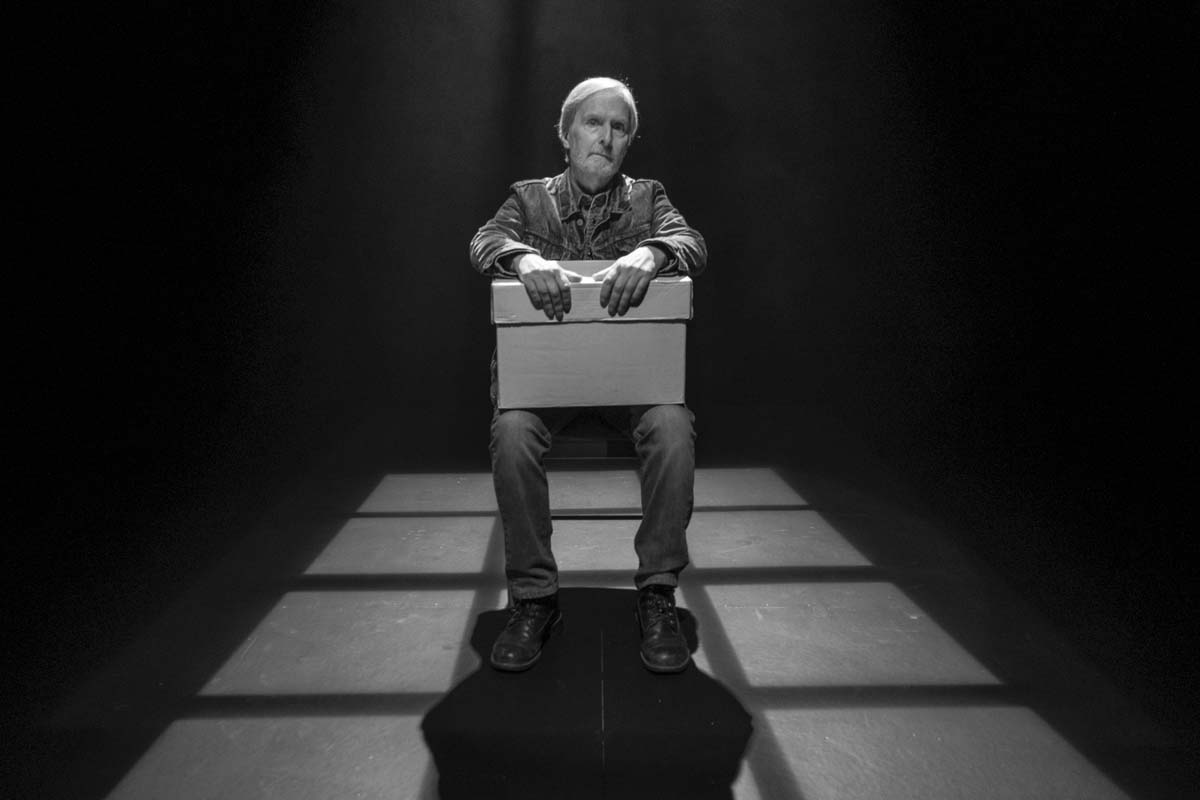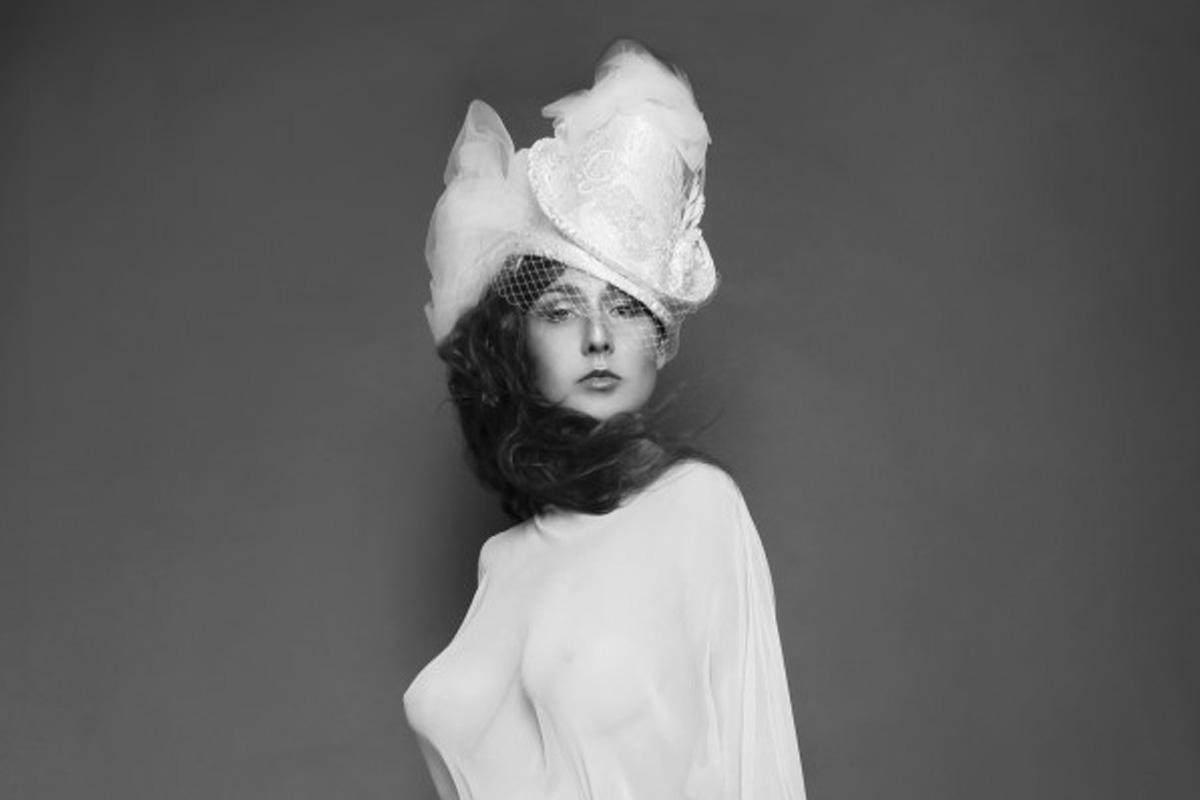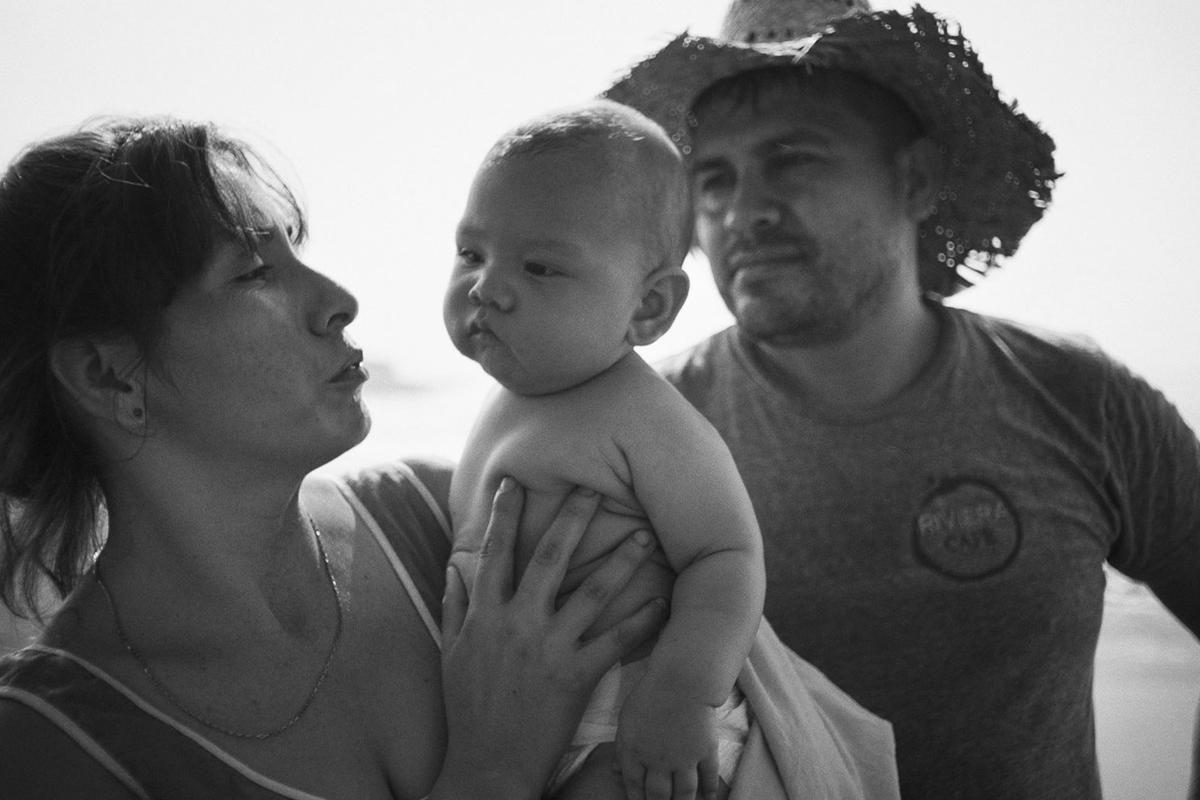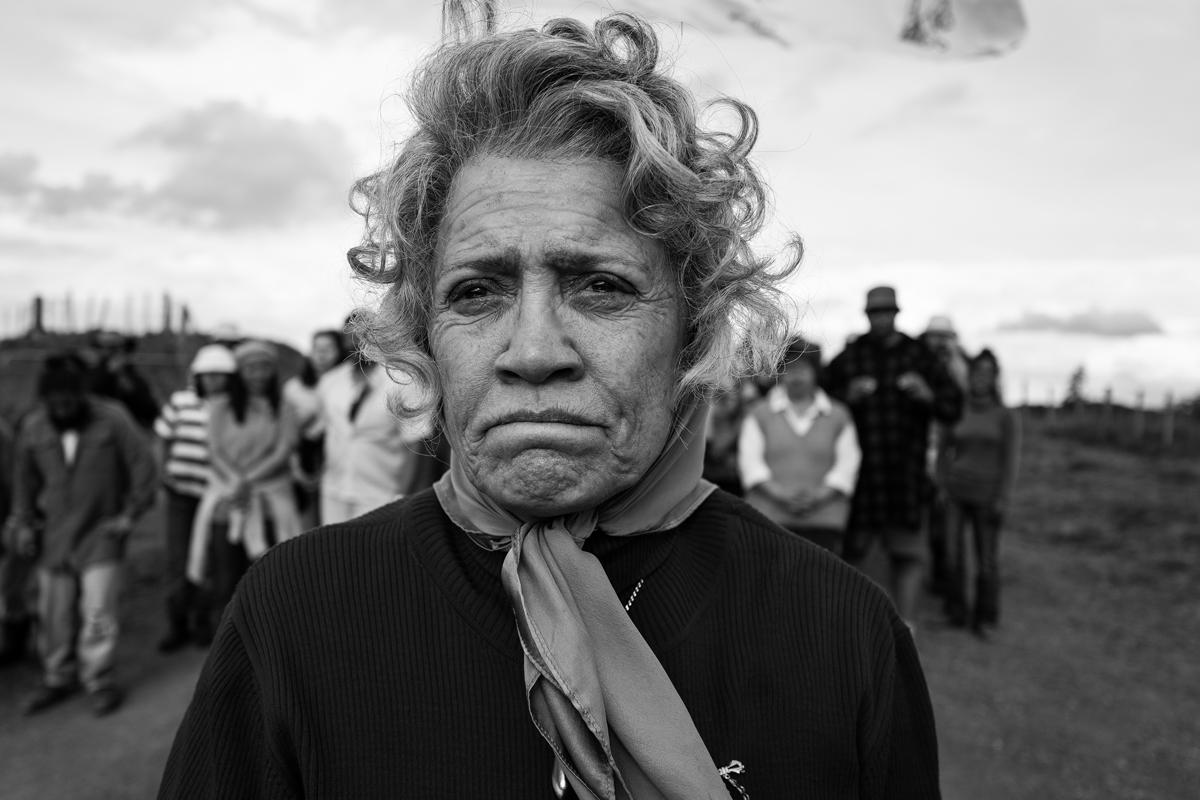
Inside/Out
Inside/Out
Holden Street Theatres, Kaurna Yerta
6pm, 24 February 2022
The Holden Street Theatres complex is, in my mind, the quintessential Fringe venue; it’s a bit ramshackle, full of character and dwarfed by a nearby sporting venue; sitting almost in defiance of Hindmarsh Stadium. It’s a place, always filled with friendly faces, and often, some of the more experimental elements of the Fringe’s program. It all feels pretty instructive about the role of the arts in contemporary Australia.
Anyway, on this night we’re rounded up into a small group, our “warden” for the evening introduces herself, and we are ushered, single file, into Ruby’s; a what-would-have-once-been bedroom in the circa 1950 rectory house at 32 Holden Street. The lights are dimmed, and, trapped on a small screen, enclosed in a small room, appears the star of tonight’s show, one Mr Patrick Keating.
Replete in triple denim, aka the Canadian Tuxedo✝, Keating began by obliquely motioning to the impetus for the show: an archive box; his files. That is, the files the Canadian correctional system kept on him. Inside/Out is, centrally, a retrospective journey, focused on Keating’s attempts to uncover what it was that brought him to and through the trials of his twelve years in and out of prison.
Props were minimal, underlining the scarcity of the narrative space; a person dispossessed, the accoutrements of their life reduced to what will fit in a single box – or cell. Likewise, lighting was stark: striped shadows or grated checks confining Keating’s frame. The subtle, straining sounds of ominous non-diegetic strings punctuated the drama; their disquieting effects enhanced by their distortion through a sound system not quite calibrated to handle them.
Keating’s performance is engaging – his career on stage and screen (and inside) has imbued an otherwise slight, wispy man with outsized gravitas – and, the ‘man in a box’ metaphor notwithstanding – the power of his storytelling would have been deepened were circumstances to allow for live performance.
Each scene played out as a meditative anecdote on an early life of harrowing circumstances, through the wry, reflective lens of a man who is on the other side of it, seeking a better view. Nonetheless, the tales of the desperate, mundane and cyclical search for meaning of the people institutionalised by our modern retributive carceral system are instructive: Keating doesn’t seek to lay blame on government structures and incentives, or his early family-life (a topic conspicuous in its near absence), or the bad crowd that pulled him into a spiral of drug-fueled dependence and criminality; as he tells it, he accepts responsibility, but simply wants to understand, a curiosity which undergirds the structure of the performance, and becomes an endearing and compelling motivator for character and audience alike.
In many ways Keating is a success story. His early life careened down dangerous paths until he found community and, ultimately, direction (if not meaning) in prison, and has enjoyed a successful second act through his career as a performer. Perhaps for this reason, or other temperamental elements in his nature, the worst of the dangers and traumas Keating experienced are brushed to the side or laughed off: in his words, ‘you were just glad it wasn’t you’.
Sometimes a good story is just a good story, and there is a tonne of art which can reasonably be read as ‘too preachy’, but, as the usher released us into the waning evening light of freedom after the performance, I was left wondering, could this show have been more? What responsibility does someone like Keating who broke his own cycle have to those still imprisoned in theirs? Maybe it’s none. Maybe it’s simply surviving and telling the story.
– Ran Boss
✝ the term, ‘Canadian Tuxedo’ arose in the 1950s, after American singer, Bing Crosby was refused entry to an upmarket hotel in Vancouver for wearing a denim jacket; in tongue in-cheek response, fashion label, Levi Strauss designed and marketed a double-breasted denim formal jacket. That is to say, the inherited history of the outfit connects with refusal of entry: control of physical spaces and people’s movement through them.






Patrick Keating
Hello Ran Boss, First off, thank you for the review. Secondly you wonder what responsibility I have to those still incarcerated. One of the reasons for making this digital adaptation is to show it inside and hopefully encourage the people incarcerated to tell their own stories. To tell their own truths. The incarcerated seldom get to tell their own stories. Their stories are told for them. In the form of notations in their files by Guards, Doctors, Psychologists or whoever feels the urge.
Whenever I do the live version I always have a talkback and have it facilitated by organizations that help the formerly incarcerated find their way back into the citizen world. I also try to arrange that where there are carceral facilities near the performance venue I can, if allowed, visit and perform the show or at least speak with those imprisoned behind those walls.
So I’m not sure if I have a responsibility to those still caught in the revolving door of the carceral system but I sure feel like I do.
Thanks
Patrick